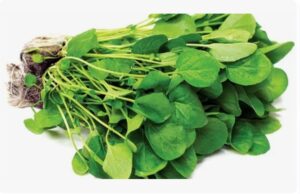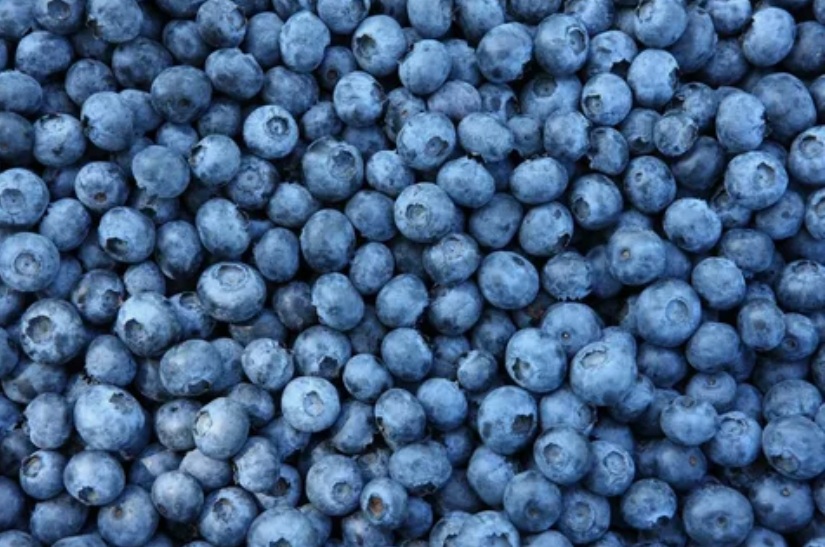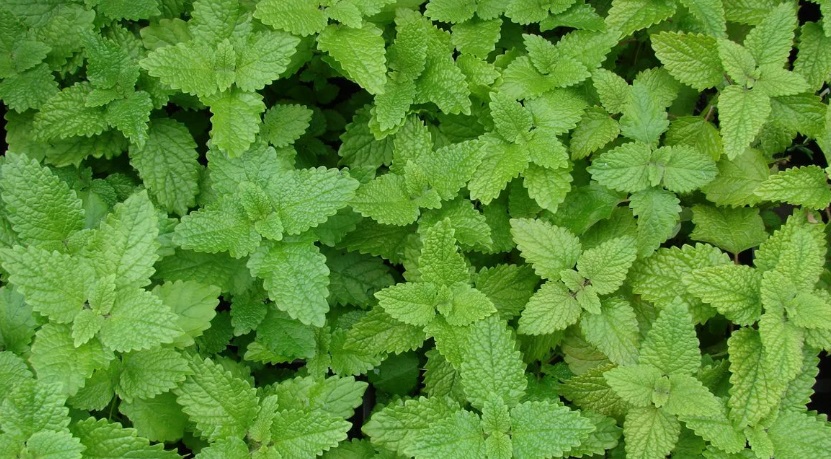What is Cress and Where Does it Grow?
Cress, a term typically referring to a group of fast-growing, leafy greens, is a small but mighty plant that has been cultivated and consumed for centuries. Known for its peppery, tangy flavor, cress belongs to the Brassicaceae family, which includes mustard, kale, and radishes. While there are several species of cress, the most common varieties include watercress (*Nasturtium officinale*), garden cress (*Lepidium sativum*), and upland cress (*Barbarea verna*).
Cress is a robust plant that can grow in various conditions, but its preference largely depends on the specific variety. Watercress thrives in cool, flowing water, as its natural habitat is in streams, ditches, and other watery environments. Garden cress, on the other hand, grows well in soil and adapts to indoor or outdoor settings, making it a favorite for home gardeners. This leafy green flourishes in temperate climates, with moist soil and partial sunlight.
What Are the Benefits of Cress?
Cress may be small in size, but it is packed with an impressive range of nutrients that contribute to overall health and well-being. Here are some key benefits:
1. **Rich in Nutrients**: Cress contains vitamins A, C, and K, as well as critical minerals like calcium, potassium, iodine, and iron. These nutrients play an essential role in maintaining strong bones, boosting immunity, and improving heart health.
2. **Antioxidant Powerhouse**: With high levels of vitamin C and beta-carotene, cress provides antioxidants that neutralize harmful free radicals, helping to reduce the risk of chronic diseases like cancer and heart disease.
3. **Detoxification**: The sulfur compounds in cress act as natural detoxifiers, promoting liver function and aiding in the elimination of toxins from the body.
4. **Improved Digestion**: Its high fiber content supports healthy digestion and bowel regularity, making it an excellent dietary addition for those seeking to improve gut health.
5. **Anti-Inflammatory Properties**: The active compounds in cress, like glucosinolates, possess anti-inflammatory properties that may help reduce symptoms of arthritis and other inflammatory conditions.
### Where and How Can We Use Cress?
Cress is a versatile plant that can be incorporated into meals in numerous ways, adding both flavor and nutrition to your diet. Here are some suggestions for using cress in your kitchen:
1. **Salads**: Cress is often used as a base ingredient in salads for its mildly spicy taste. Pair it with other greens, tomatoes, cucumbers, and a zesty dressing for a refreshing meal.
2. **Sandwiches**: Add a handful of fresh cress to sandwiches or wraps for extra crunch and a peppery kick. It pairs beautifully with cream cheese, smoked salmon, or egg salad.
3. **Soups and Smoothies**: Blend watercress or garden cress into soups, smoothies, or green juices to boost their nutritional content.
4. **Garnishes**: Use cress as a garnish for soups, stews, or roasted meats. Its vibrant green color and unique flavor enhance the visual and taste appeal of any dish.
5. **Homemade Pesto**: Blend garden cress with olive oil, garlic, nuts, and Parmesan cheese to make a peppery twist on traditional basil pesto.
For indoor cultivation, cress can be grown year-round on your windowsill. Simply sprinkle the seeds on damp cotton or soil, keep them moist, and watch them sprout within a few days.
### What Are Its Health Cures?
Cress is not just a culinary delight — it has long been used in traditional medicine for its health-promoting properties. Here are some examples of ailments that cress may help alleviate or prevent:
1. **Respiratory Issues**: Garden cress is used in herbal remedies to treat asthma, bronchitis, and coughs. Its anti-inflammatory properties and vitamin C content support respiratory health.
2. **Skin Health**: The antioxidants and vitamins in cress make it a popular ingredient in skincare. Regular consumption or topical application may help slow signs of aging, improve skin tone, and reduce blemishes.
3. **Bone Strength**: With abundant vitamin K and calcium, cress supports bone density and helps prevent osteoporosis.
4. **Blood Pressure Regulation**: Potassium in cress helps maintain healthy blood pressure by offsetting the effects of sodium.
5. **Anemia**: Its iron content can aid in combating anemia, especially when combined with vitamin C, which enhances iron absorption.
6. **Cancer Prevention**: The glucosinolates in cress break down into isothiocyanates, compounds known for their potential anti-cancer properties. Studies suggest these compounds may reduce the risk of certain cancers, particularly breast and colon cancer.
7. **Digestive Health**: Cress seeds are often soaked and consumed to help relieve constipation, thanks to their laxative properties.
Beyond Decoration: Unleashing the Power of Cress in Your Kitchen

Cress, those tiny, peppery sprigs often relegated to garnish status, is a culinary powerhouse just waiting to be unleashed. This unassuming green offers a burst of fresh flavor and a surprising array of health benefits, making it a versatile ingredient for a multitude of dishes. Let’s delve into how to make the most of cress in your cooking and understand why it’s more than just a pretty face.
Practical Dishes with Cress: From Simple to Sophisticated
Cress’s vibrant, slightly spicy flavor profile makes it a fantastic addition to both simple and elaborate recipes. Forget just sprinkling it on top – incorporate it into the main event! Here are some practical and delicious ways to use cress:
Salads with a Punch: Forget boring lettuce! Add cress to any salad for a peppery bite that complements sweeter greens and creamy dressings. It pairs especially well with cucumber, tomatoes, and avocado.
Sandwiches and Wraps Elevated: Ditch the plain lettuce and add a layer of cress to your sandwiches and wraps. It adds moisture and a refreshing zing, particularly delicious with egg salad, cream cheese, or smoked salmon.
Soups and Stews with a Fresh Finish: Stir cress into soups and stews just before serving to add a vibrant green color and a burst of fresh flavor. It’s particularly good in potato soup, pea soup, or creamy vegetable stews.
Egg-cellent Combinations: Cress and eggs are a match made in culinary heaven! Sprinkle it on scrambled eggs, omelets, or deviled eggs for a peppery counterpoint to the richness.
Pesto Power: Blend cress with basil, garlic, Parmesan cheese, and olive oil to create a unique and flavorful pesto. Use it on pasta, grilled chicken, or as a spread for sandwiches.
Creative Creams and Sauces: Infuse cream cheese, sour cream, or yogurt with cress for a tangy and herbaceous dip or sauce. Perfect for crudités, baked potatoes, or as a topping for grilled fish.
Garnish with a Purpose: While traditionally used as a garnish, cress can be a functional one! Don’t just scatter it; arrange it artfully to highlight other flavors on the plate. Consider it a subtle flavor enhancer rather than just a visual element.
When to Choose Cress: Pairing Possibilities
Cress’s peppery notes make it a fantastic complement to a wide range of flavors. Consider these pairings:
Rich and Creamy Dishes: Cress cuts through the richness of cream-based sauces, cheese, and avocado, providing a refreshing balance.
Mild Flavored Proteins: Cress adds a welcome burst of flavor to milder proteins like chicken, fish, and tofu.
Sweet and Tangy Combinations: Cress’s peppery bite complements the sweetness of fruits like apples and the tanginess of vinegar-based dressings.
Health Benefits: More Than Just a Pretty Sprig
Cress isn’t just delicious; it’s also packed with nutrients that contribute to overall well-being:
Vitamin Powerhouse: Cress is a good source of vitamins A, C, and K, which are essential for healthy vision, immune function, and blood clotting.
Mineral Rich: It contains important minerals like calcium, iron, and potassium, which play crucial roles in bone health, energy production, and blood pressure regulation.
Antioxidant Boost: Cress contains antioxidants that help protect cells from damage caused by free radicals, potentially reducing the risk of chronic diseases.
Digestive Aid: The peppery compounds in cress can stimulate digestion and improve gut health.
Cress and Cold & Flu: A Potential Ally
While not a cure-all, cress has properties that may offer some relief during cold and flu season:
Vitamin C Boost: The high vitamin C content can support immune function and help fight off infection.
Antimicrobial Properties: Some studies suggest that cress has antimicrobial properties that may help inhibit the growth of certain bacteria and viruses.
Decongestant Effect: The peppery compounds in cress can help clear nasal passages and relieve congestion.
How to Incorporate Cress in Cold & Flu Relief:
Add it to Soups: Incorporate cress into chicken soup or other broths for a boost of vitamins and a decongestant effect.
Make a Cress Tea: Steep fresh cress in hot water for a soothing and decongesting tea.
Include it in Salads: Even when under the weather, a fresh salad with cress can provide essential nutrients to support your immune system.
Important Note: While cress can be a helpful addition to your diet during cold and flu season, it’s not a substitute for medical treatment. Consult a healthcare professional for proper diagnosis and treatment.
Conclusion:
Cress is a versatile and nutritious ingredient that deserves a place in every kitchen. From simple salads to sophisticated sauces, its peppery flavor adds a unique touch to countless dishes. By incorporating cress into your culinary repertoire, you can elevate your meals and enjoy its many health benefits, including potential support during cold and flu season. So, ditch the garnish mentality and embrace the power of cress – your taste buds and your health will thank you!
Cress is a tiny powerhouse of nutrition and flavor that deserves a place in your kitchen and garden. Valued for its sharp taste, versatility in cooking, and incredible health benefits, this leafy green offers a simple yet effective way to elevate your diet and boost your overall well-being. Whether you’re looking to add a fresh crunch to salads or seeking a natural remedy for common health concerns, cress is a go-to ingredient that’s as functional as it is delicious. So why not sprinkle some cress into your daily meals and reap its plethora of benefits?
You can read below writings
The Humble Onion: A Culinary Staple with Remarkable Benefits
What is White Cabbage and Where Does it Grow
What is Coffee and Where Does It Grow






